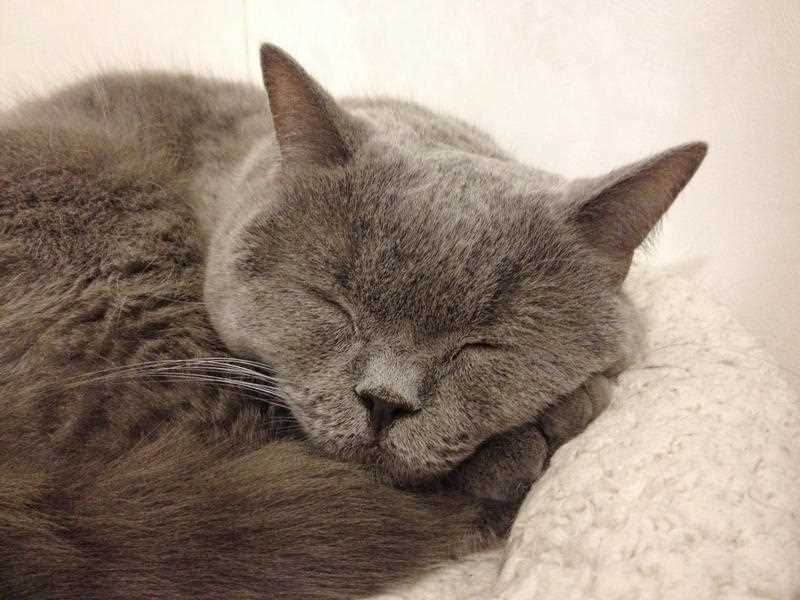Crime-fighting cats could one day give police key evidence as a study highlights how the household pets might give up DNA to help unmask perpetrators.
Forensic science researchers from Flinders University are for the first time examining how pets harbour human genetic material and how it transfers to and from the animals.
Former forensic police biologist Mariya Goray said she had attended many crime scenes, but she’d never heard of animals being sampled for people’s DNA.
“That’s not something that we ever considered as being relevant to a crime scene investigation,” Dr Goray told AAP.
“A lot of the time, when samples are taken at a crime scene, they are from surfaces that have been touched – but animals are also surfaces that carry a lot of DNA.”
A key part of her research is looking at whether animals could also transfer human DNA to a crime scene, potentially leading police astray or even falsely implicating an owner.
Dr Goray, along with researcher Heidi Monkman, collected human DNA from 20 pet cats from multiple households as part of the preliminary work, turning up detectable levels of DNA in 80 per cent of samples.
Profiles that could be interpreted and linked to a person of interest at a theoretical crime scene came from 70 per cent of the cats.
While the study is in its early days, Dr Goray says its findings could lead to pets becoming key pieces of evidence in investigations when police are trying to determine how someone’s DNA arrived at a scene.
To date, the research indicates pets harbour DNA from the humans who are around them the most, but they may also potentially pick up genetic material from people who are only with them for a short time.
“There is (also) crime that is related to animals – animal cruelty, for example,” Dr Goray said.
“That is not something for which we currently collect DNA samples and this is something that we could be doing in solving that type of crime as well.”
Beyond looking at how DNA is harboured on and transferred to and from pets, the study will also consider what role hair type and animal behaviour plays.
Dr Goray gave the example of cats being more inclined to hide around strangers than dogs, while felines generally had the ability to access more parts of a home.
Get the latest news, sport, entertainment, lifestyle, competitions and more delivered straight to your inbox with the Canberra Daily Daily Newsletter. Sign up here.



